Equipment
Ask Mitsubishi Answered
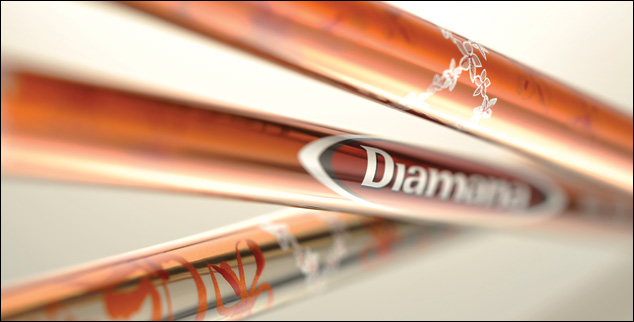
 Some time ago I started a thread in the forums that posed this: “If you could ask the engineers behind Mitsubishi shafts a technical question (or questions) about their product what would you ask?” The board answered and following is the resulting dialog that I received back from Mitsubishi. All information is exactly as it was received from the company:
Some time ago I started a thread in the forums that posed this: “If you could ask the engineers behind Mitsubishi shafts a technical question (or questions) about their product what would you ask?” The board answered and following is the resulting dialog that I received back from Mitsubishi. All information is exactly as it was received from the company:
|
1. Exactly what criteria = high launch low spin ANSWER: There are no exact criteria that “equal” high launch and low spin for all players. In fact, the conditions that promote optimal launch and spin vary greatly from player-to-player depending on a player’s swing speed, equipment, and ability. For example a PGA Tour player with a ball speed of 170MPH may benefit greatly from a launch of 13 degrees and spin rates of 2500 RPMs. However, an average player with ball speeds of 130mph may need higher launch angles and spin rates to maximize performance and distance. This is why we always recommend visiting an authorized club fitter to find out what combination is best for your game. 2. Do you acknowledge the practice to spine align or pure any of your shafts? Do you condone it? If not, why not? ANSWER: There are a variety of techniques and procedures that promote alignment optimization and if using those techniques has an impact on your club’s performance you should consider the application of such techniques when fitting and building your clubs. 3. Why were the heavier weights (93 and 103) not carried over into the red/whiteboard lines? ANSWER: We continue to experiment with heavy-weight product primarily for Tour player use and product testing. To date, the consumer demand is such that we limit the amount of heavy-weight product produced for retail use however we are constantly looking to add to our mix of SKU’s offered to our dealer network.
ANSWER: In fact Mitsubishi Rayon has several product lines that offer lower torque by your definition (including Blue Board Diamana, White Board Diamana, and Diamana Kai’li) and we will continue to develop and experiment with low torque designs for future product lines. 5. What is the next step in shaft development? What should we be looking for in the near future from Mitsubishi? How much more do they think they can push the "technology envelope" with regards to spin reduction, launch angle management and dispersion? ANSWER: This is an interesting question that requires a two-part answer. In the “short-term” you will see Mitsubishi Rayon working to maximize the benefits of two recently released technologies developed by our team of engineers; MDT and MDI: Modulus Differential Technology (MDT) is a process by which fibers with different responsiveness characteristics can be joined and blended in precise ways and has made its debut in the current Fubuki™ profile. By applying MDT technology in pinpoint locations along the shaft, we can create unparalleled consistency in spin reduction and dynamic launch angles in a range of shaft profiles. Look for future iterations of this design technique in the coming months. Multi-Dimensional Interlay (MDI) on the other hand is a process by which we strategically position multiple layers of proprietary ultra-thin material at multiple angles of orientation throughout the entire length of the shaft. This design technique delivers unparalleled consistency and control by minimizing torsional deformation in both the butt-section during unloading and in the tip-section through impact and has first been used in the most recent profile of our Flagship brand Diamana. In the “long-term” what is “next” for Mitsubishi Rayon depends a great deal on what is next from club head designs. We are constantly working with our partners to maximize the performance of next generation club head designs as well as to meet the needs of the best tour players in the world. 6. Is there any chance of the Fubuki being produced in higher weights for retail? ANSWER: We are currently experimenting with a variety of weight and the impact of our MDT technology on those profiles. Stay turned to GolfWRX for updates! |
Check out the original thread here.
- LIKE0
- LEGIT0
- WOW0
- LOL0
- IDHT0
- FLOP1
- OB0
- SHANK0
Whats in the Bag
Max Homa WITB 2024 (April)
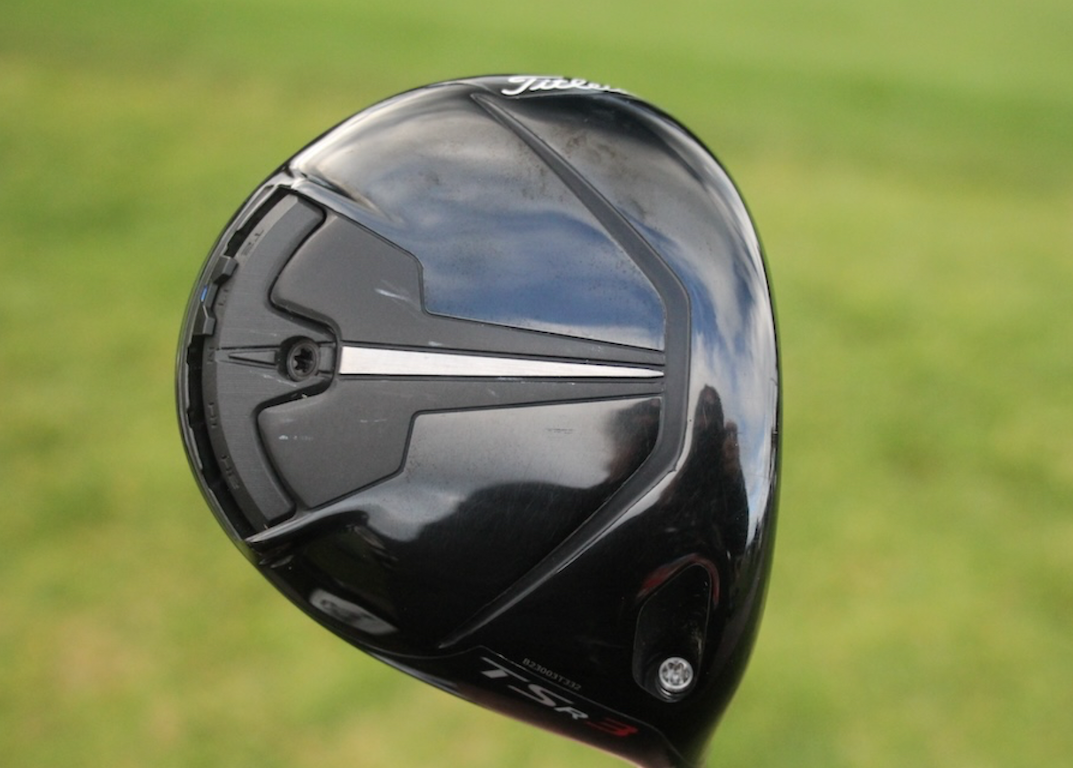
- Max Homa what’s in the bag accurate as of the Masters.
Driver: Titleist TSR3 (9 degrees, D1 SureFit setting)
Shaft: Fujikura Ventus TR Black 6 X
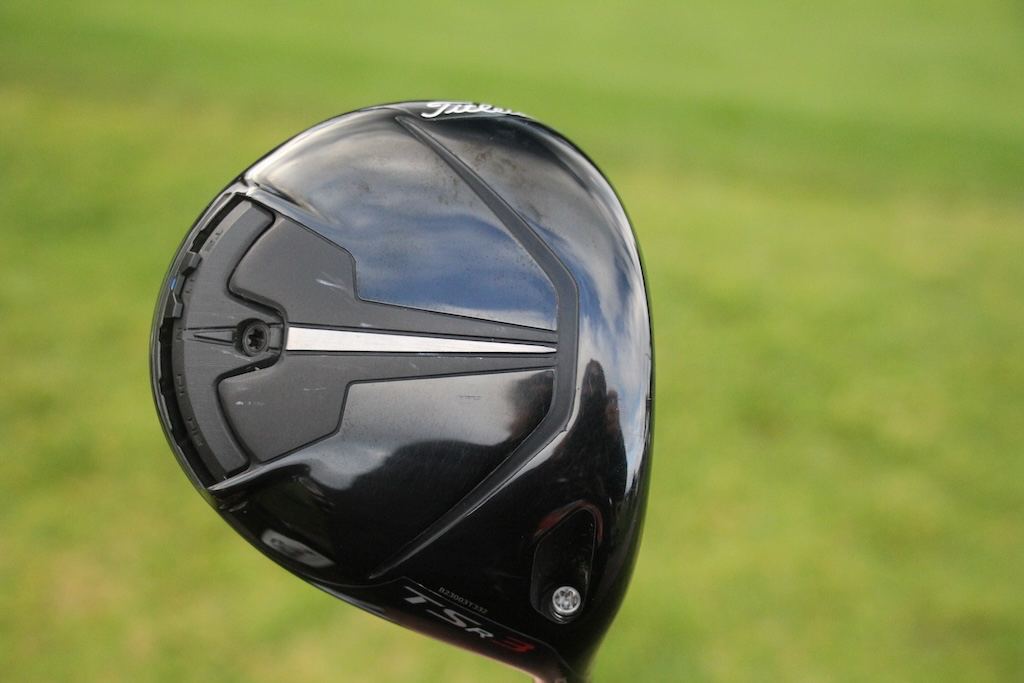
3-wood: Titleist TSR2+ (14.5 degrees, A1 SureFit setting)
Shaft: Mitsubishi Tensei 1K Red 80 TX
5-wood: Titleist TSR2 (21 degrees @19.25, D1 SureFit setting)
Shaft: Fujikura Ventus Blue 9 TX
Irons: Titleist T100S (4), Titleist T100 (5), Titleist 620 (6-9)
Shafts: KBS $ Taper 130 (4-9)
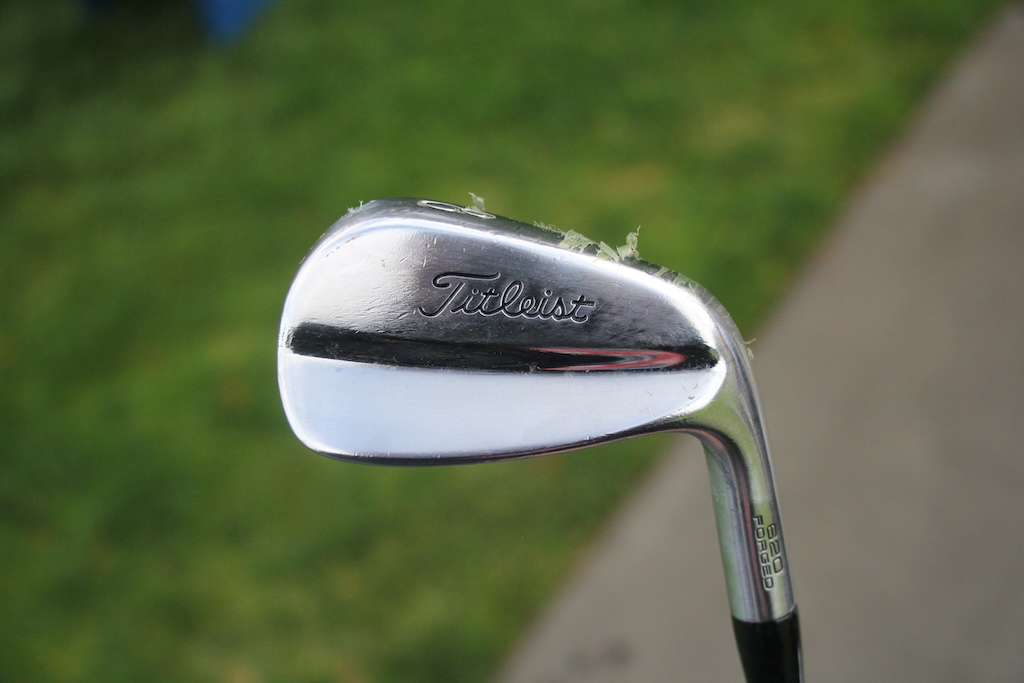
Wedges: Titleist Vokey Design SM10 (46-10F, 50-12F, 56-14F), WedgeWorks (60)
Shafts: KBS $ Taper 130 (46) KBS Hi-Rev 2.0 135 X (50, 56), KBS Hi-Rev 2.0 125 X (60)
Putter: Scotty Cameron T-5.5 Proto
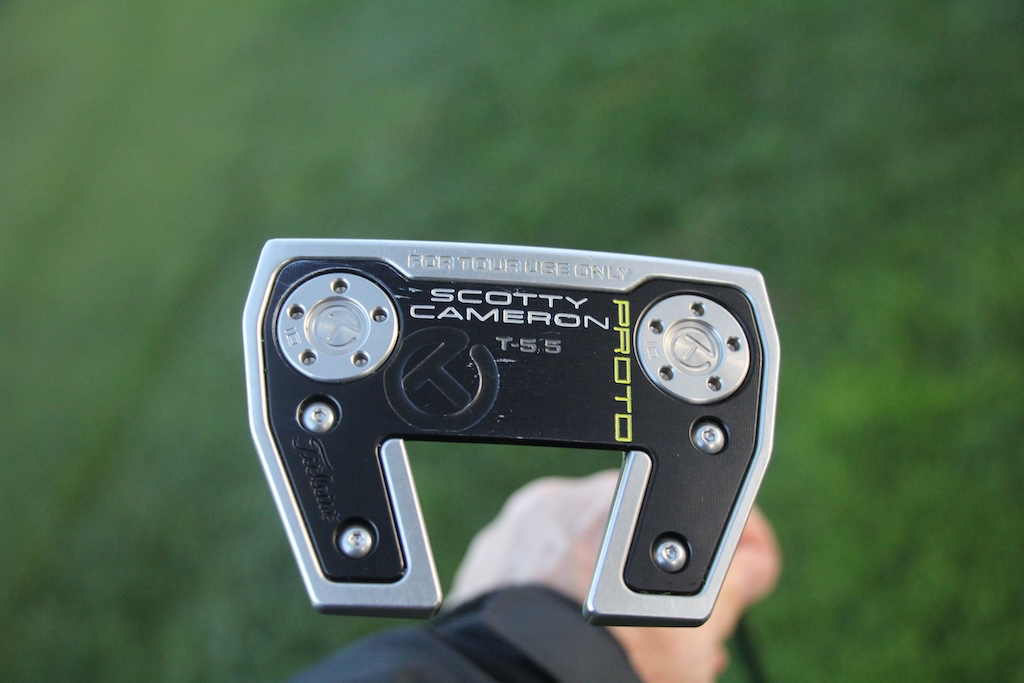
Grips: Golf Pride Tour Velvet Cord
Ball: Titleist Pro V1
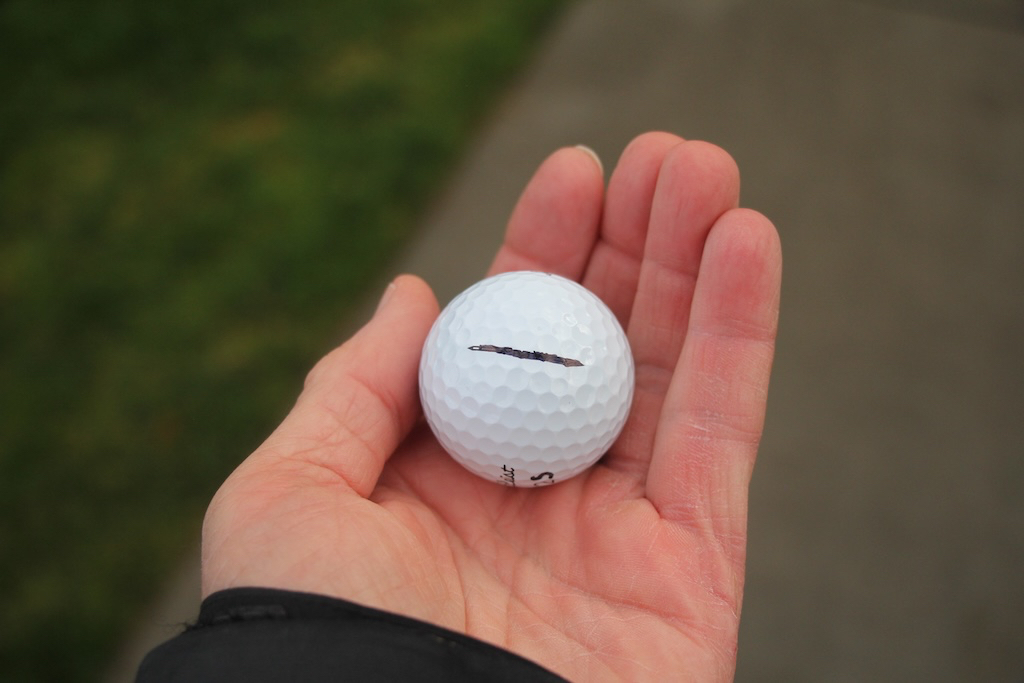

More photos of Max Homa’s WITB in the forums.
- LIKE5
- LEGIT0
- WOW0
- LOL0
- IDHT0
- FLOP0
- OB0
- SHANK0
Whats in the Bag
Bryson DeChambeau WITB 2024 (April)
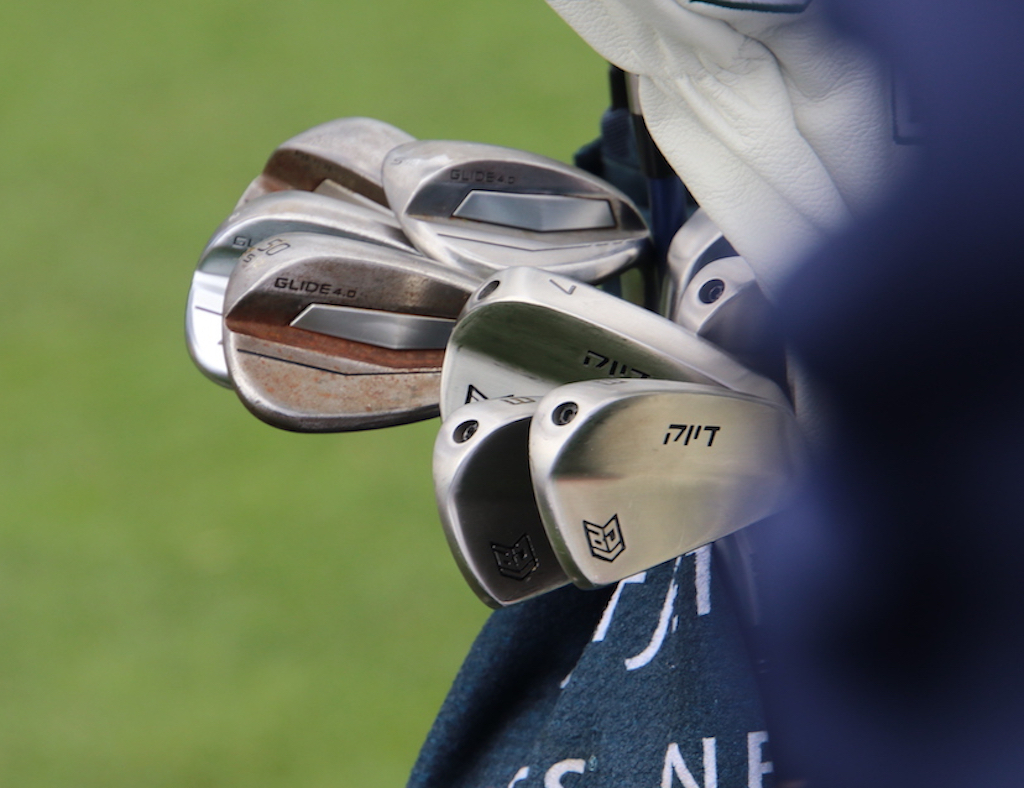
Driver: Krank Formula Fire Pro (6 degrees)
Shaft: Project X HZRDUS T1100 75g 6.5
Mini driver: TaylorMade BRNR Mini Driver (11.5 degrees @10)
Shaft: Project X HZRDUS T1100 75g 6.5
- Unconfirmed. We are working to gather details.
5-wood: Krank Formula Fire
- Unconfirmed. We are working to gather details.
Irons: Avoda Prototype (5-PW)
Shafts: LA Golf Prototype
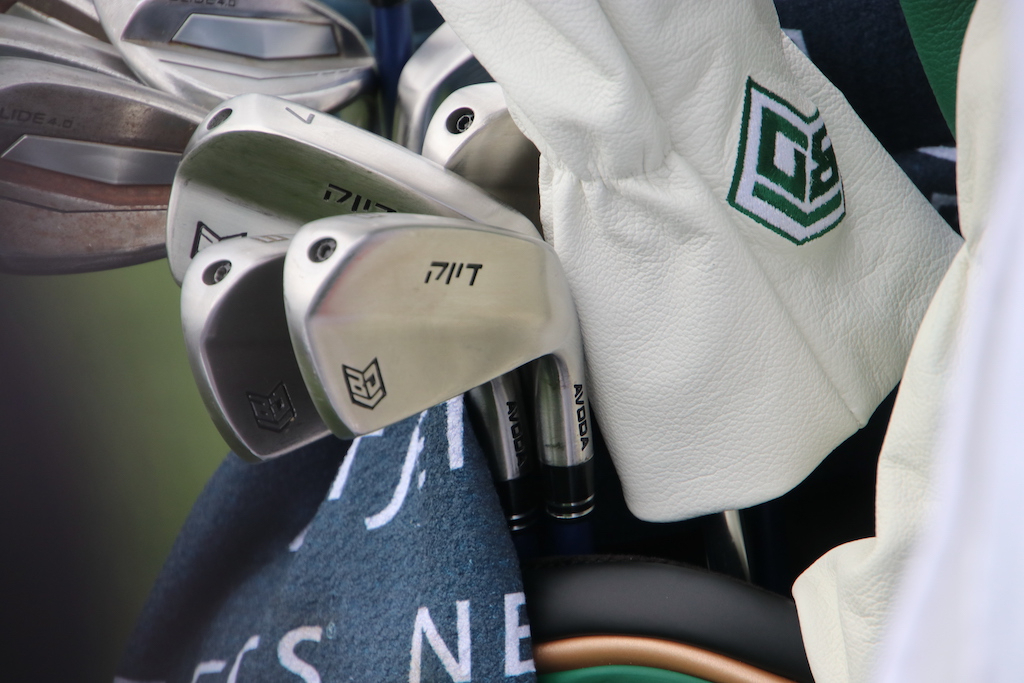
Wedges: Ping Glide 4.0 (46-12S @45, 50-12S, 56, 60)
Shafts: LA Golf Prototype
Putter: SIK Pro C-Series Armlock/LA Golf Proto
Shaft: LA Golf C2L-180
Grip: JumboMax JumboFlat 17
Grips: JumboMax UltraLight XL
Ball: Titleist Pro V1x Left Dash
- LIKE5
- LEGIT1
- WOW1
- LOL0
- IDHT0
- FLOP0
- OB0
- SHANK0
Equipment
Accra launches new GX wood and hybrid shafts

Accra Golf shafts have long been synonymous with fitting, and the new GX line of driver, fairway, and hybrid shafts continues that legacy.
Since 2004, Accra has been making high-end performance golf shafts that use the latest in materials and design philosophy. Their group of around 350 fitters are some of the best and most highly ranked in the world. While you might see other brands on professional tours more often, there are plenty of touring pros using Accra products and winning.
Accra’s new GX line of shafts is designed to offer a consistent and accurate shaft to a wide range of players. The GX line consists of 3 different shafts in driver, fairway, and hybrid designs.
The Accra GX shafts are designed for fitters to dial in golfers to the perfect shaft for their swing. Accra included a ton of technology into the GX line including their S3 profiling, DyMatch, and Constant Flex technology. DyMatch has been Accra’s quest to ensure that all shafts in a family feel and perform similar from driver to hybrid or iron shaft. Typically shafts get stiffer as they go up in weight, but Accra’s Constant Flex keeps the flex of the shafts consistent so fitters and golfers can dial in the weight that the golfer need without have to work around a stiffer or softer flex. Accra worked with Cool Clubs to build out its S3 Shaft Profiling system that not only allows a quick and easy EI profile of any shaft, it helps with quality control to ensure shafts come out of production exactly as they were designed.
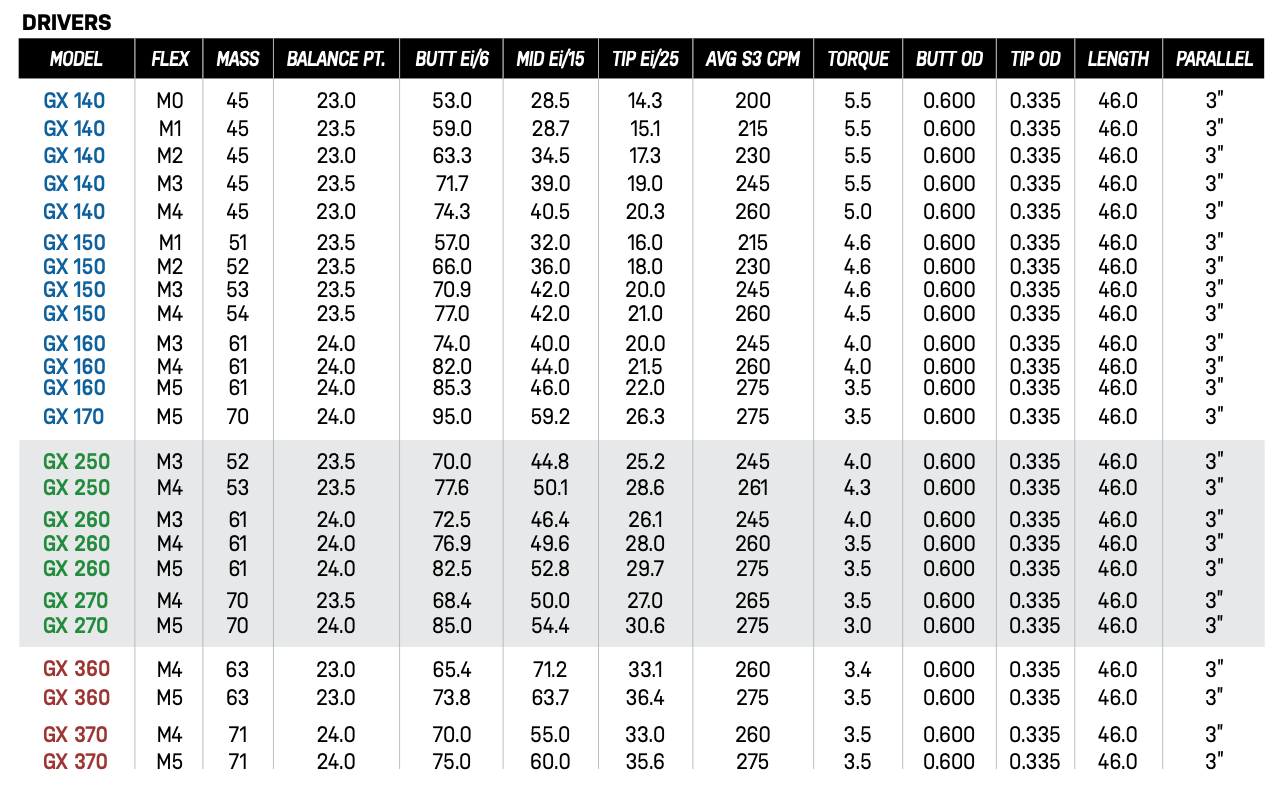
Accra GX Red 300 Series

GX Red is lowest launching and spinning option in the GX line. Driver shafts have fewer options with just the 360 and 370 models that come in at 63 and 71 grams. The GX Red is made for faster swinging, or stronger, players who require a stiff (M4) or x-stiff (M5) shaft for their swing. Fairway and hybrid models are also on the higher weight side with the fairway clocking in at 80g and 90g for the hybrid. Accra designed this series with one of the stiffest tip sections of any Accra shaft in the current line, and while it is built to control launch and spin, the Red 300 Series will still offer that smooth feel.
Accra GX Green 100 Series

If your swing usually works best with mid-launch and spin, then the GX Green 200 series might be the right shaft for you. Offered in more weight and flex options, you can get a GX Green in 52 grams and all the way up to 70 grams in regular, stiff, and x-stiff flexes. GX Green will give the player a smooth feel and transition from the handle down to the tip section while still providing great stability and consistency. Accra also focused on the energy transfer of this shaft, and golfers can see some increased ball speed compared to other shafts.
Accra GX Blue 200 Series

While the GX Blue 100 Series is the highest launching and spinning option in the GX lineup, it will still give golfers the control and consistency they need. Starting off at 40g, the GX Blue series puts an emphasis on lighter weight to allow players to swing the club faster, promoting more distance. Accra touts the stability of the GX 140 Blue driver shaft by stating that some long driver competitors have put it in play to try and gain every MPH they can. Matching fairway and hybrid shafts are both on the lighter side at around 60g for the fairway and 65g for the hybrid depending on the flex.
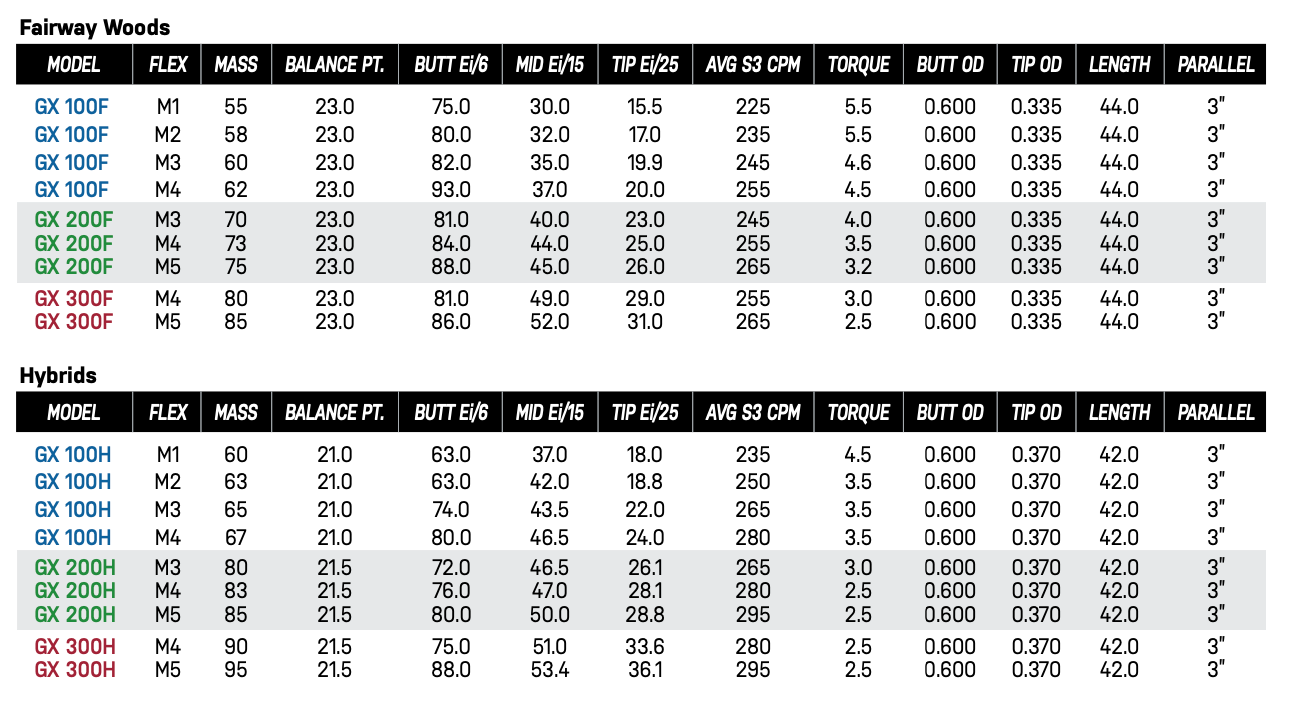
- LIKE0
- LEGIT0
- WOW0
- LOL0
- IDHT0
- FLOP0
- OB0
- SHANK0
-

 19th Hole5 days ago
19th Hole5 days agoDave Portnoy places monstrous outright bet for the 2024 Masters
-

 19th Hole2 weeks ago
19th Hole2 weeks agoThings got heated at the Houston Open between Tony Finau and Alejandro Tosti. Here’s why
-

 19th Hole7 days ago
19th Hole7 days agoTiger Woods arrives at 2024 Masters equipped with a putter that may surprise you
-

 19th Hole2 weeks ago
19th Hole2 weeks agoReport: Tiger Woods has ‘eliminated sex’ in preparation for the 2024 Masters
-

 19th Hole1 day ago
19th Hole1 day agoTwo star names reportedly blanked Jon Rahm all week at the Masters
-

 19th Hole2 weeks ago
19th Hole2 weeks agoAddiction, spinal fusion, and scam artists – Everything Anthony Kim revealed in candid interview with David Feherty
-

 19th Hole2 weeks ago
19th Hole2 weeks agoAnthony Kim says doctors told him that he ‘may not have much time left’ ahead of LIV return
-
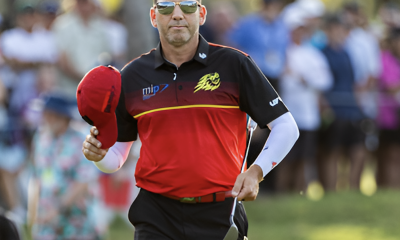
 19th Hole1 week ago
19th Hole1 week agoBrooks Koepka and Sergio Garcia make significant equipment changes as 2024 Masters looms

















